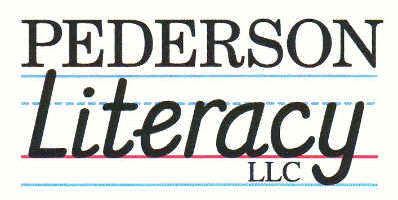In my clinical work, I am currently writing reviews of my students’ successes and continuing needs as they complete the academic year tutorials. While all students have shown success in becoming more skilled in their reading, the need for stronger fluency abilities still persists for a couple of them. In my consulting work with schools during this past year, I have also been involved in discussions on the importance of building reading fluency and evidence-based practices that are appropriate in meeting students’ needs in reading accuracy, rate, and prosody. In today’s entry, I am writing down some general thoughts on fluency. In future blogs, I will be discussing some aspects of reading fluency that various researchers are exploring these days.
Beginning readers and experienced readers share a common need: reading smoothly with accuracy, speed, and comprehension. While the text difficulty will vary across the materials readers choose to read, the underlying process required will remain constant. Why is fluency such an important reading task? What causes some readers such difficulty in attaining that goal? What are techniques which will increase fluency?
Fluency is important for the following reasons. Students in the primary and intermediate levels of today’s schools are periodically being monitored using list and short passage reading trials to evaluate their fluency skills. This monitoring is part of the Response-to-Intervention practices being implemented in many schools to strengthen children’s academic achievement. Research has shown that performance on these tasks can predict future levels of reading success. Children who consistently demonstrate lower levels of reading fluency may be challenged in building their understanding of what they have read. With younger readers, fluency is important at the word-level. The ability to fluently segment sounds within new words and blend them into words they have heard before is an essential building-block in their reading mastery. Word recognition skills are strengthened when the read stories using these newly mastered words. Fluency or rereading practice enhances their rapid identification of words. Readers can increase their reading fluency speed by practicing phrase reading. Word-by-word reading may fragment the meaning of the sentences whereas reading in thought units not only speeds up the reader but may help the reader to more easily understand the meaning of the text. Readers have difficulty attaining satisfactory reading fluency for a variety of reasons. Underdeveloped decoding skills, an over-analytic reading style in which the reader reads and rereads many words in sentences, or having a slow visual processing style may account for some of the difficulties. Some children have more difficulty in verbally retrieving words from memory even though they may know the words they are trying to produce. These students may have significant delays when trying to say a word that they have been able to read fluently in the past. A slow retrieval rate or difficulty accessing the “right” word because of language issues may be reasons for the delay.
What are some techniques that can help children achieve the needed fluency skills? First, select books which are easy to ensure that word recognition is not an issue. Second, design a system of rereading in which your child first partner-reads with you and then reads independently in the next rereading during the session. Make a chart and show the increase that happens with the subsequent rereading. I will be discussing other aspects of fluency in future blogs.
